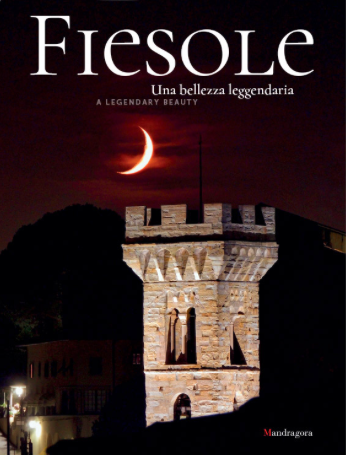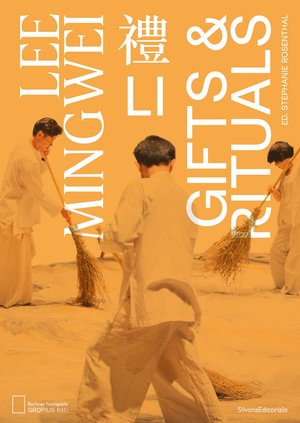Art Guide
• April 2024
Fiesole. A legendary Beauty
Author: Various authors
Publisher: Mandragora
Translation languages: Italian to English
Translators: Nuovo Traduttore Letterario
An art guide for the city of Fiesole, with its ancient history, its wealth of historical and architectural treasures, and the extraordinary view of Florence from its hilltop. This detailed illustrated itinerary through natural and architectural wonders, traces of antiquity, institutions and lesser-known oddities, gives the reader a frank portrait that goes beyond stereotypes, focusing on the Fiesole of today, its new challenges and unique features.
Published by Mandragora with translations by Nuovo Traduttore Letterario.
Introduction
Fiesole has always held a special fascination, both because of its position, dominating the Arno valley and Florence from the hills, and because of its varied and distinctive landscape, pleasant and gentle towards the south and more rugged towards the north and the foothills of the Apennines.
Fiesole is not only famous for its natural beauty and landscape, but also for its glorious image associated with the so-called “legend of Fiesole”, to which Dante also makes reference in Paradise of the Divine Comedy. The legend recounts the myth of the founding of Fiesole. It is said to have sprung up immediately following the universal deluge at the behest of Atlas, a direct descendant of Noah. As Giovanni Villani wrote in his chronicles, the Nuova Cronica (1348), “It was the first city built in the said third division of the world called Europe, and therefore it was named ‘Fia Sola’ [it shall be alone], to wit, first, with no other inhabited city in that said division”.
And so, Fiesole is said to have been the first city in Europe and it owes its name to this fact. Not only that, but it is also said that one of Atlas’ sons, Dardanus, founded Troy, situating Fiesole on the same axis that led Aeneas out of exile and on to the founding of Rome and Florence, built in the image of Rome itself by Caesar.
Based on these ancient and mythical origins, Fiesole is the mother – or the “stepmother” according to some – of Florence. And it was the Florentines who invented the legend to exalt Fiesole’s power after having defeated and destroyed it in the famous battle of 1125.
This rivalry and the territorial bond between Fiesole and Florence have been an epos for many centuries: Roman Florence, spreading across the plain, and Etruscan Fiesole, perched on the hill.
The numerous archaeological remains in Fiesole, recovered over the various epochs, give a concrete clue to the epic image of the place. First and foremost are the walls constructed of large stone blocks, gigantic and so different from those in Florence, and so large that learned scholars attributed them to giants.
The Etruscan and Roman remains, the remains of the Lombard domination, the buildings of worship erected in the Middle Ages and the marvellous Renaissance villas, are all signs of a thousand-year journey that makes Fiesole a place of a poignant and rare beauty.
Over the centuries, the legend has been magnified and embellished with events and characters. We have no knowledge of the version regarding Fiesole or whether it even existed; certainly, it was definitely taken up again by the educated circles of Fiesole between the 17th and 18th centuries, in different ways and with varying degrees of complexity depending on the culture of those adopting it.
Thereafter, until the mid-19th century, the ancient town had the appearance of a small rural hamlet, substantially impoverished with respect to its glorious Etruscan and Roman past. Within the enclosure of the ancient walls, in addition to the badly reduced cathedral, there were a few minor churches, several farmhouses and the cluster of houses with the dwellings of the stonemasons, who worked the stone quarried on Monte Ceceri.
Neither Fiesole’s haughtiness nor its intellectual soul were diminished, however. The cultural environment was varied and involved not only important figures from the diocese and city administration, such as scholars like Bishop Ranieri Mancini, but also the likes of Angelo Maria Bandini. While they cited fabled traditions, at the same time they were concerned with tracing and objectively illustrating what was actually left of Antiquity in Fiesole. It was Bandini himself who first understood how the relationship with Antiquity was one characteristic that identified and qualified Fiesole.







